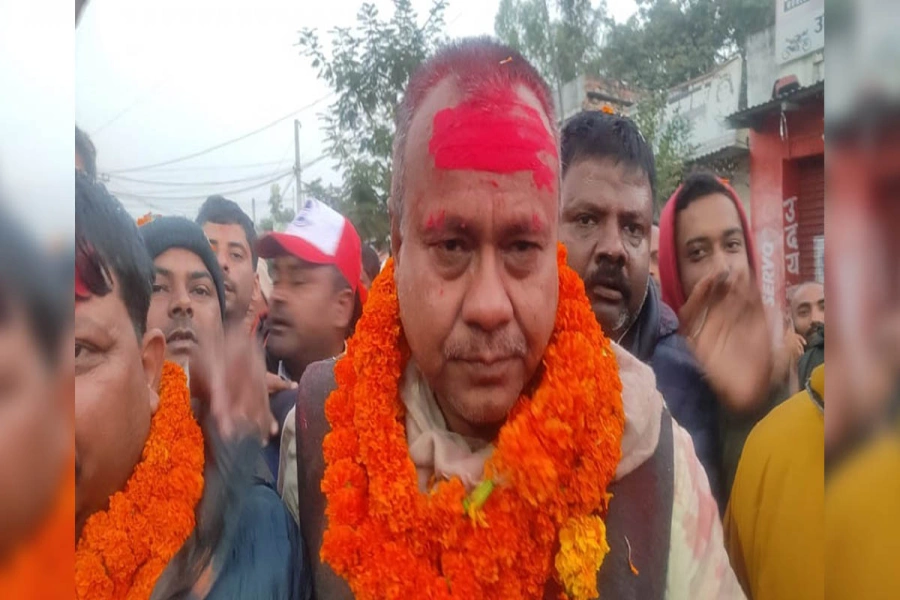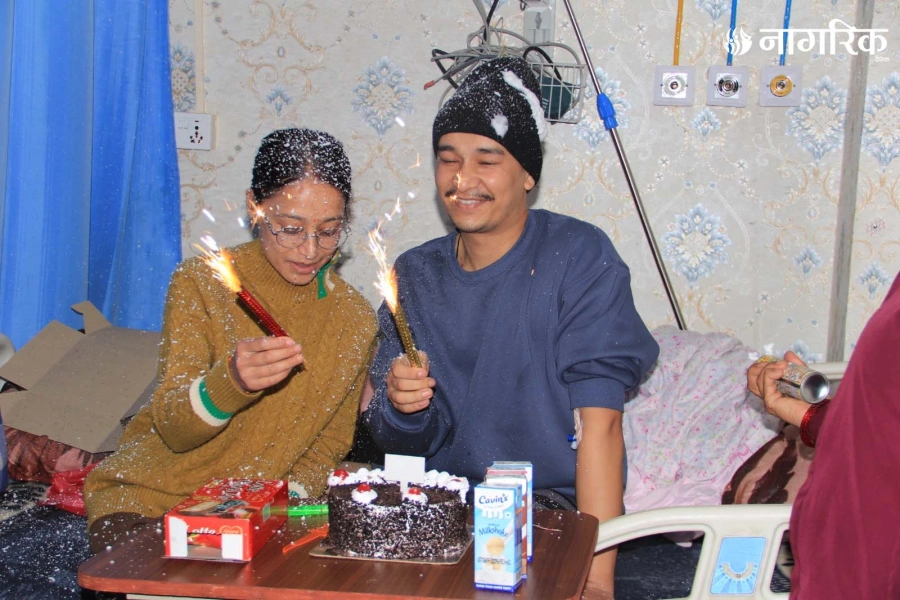Highlands of Dolpa turning into deserts
DOLPA, July 5: Every year after mid-May, crowds of people throng Dolpa - the largest district of the country - in order to pick yarsagumba, a prized fungus with medicinal properties. Everyone seems to be in a rush to collect as many yarsa as possible to make more money.
Dolpa constitutes a population of around 37,000 people and this valuable fungus is a major source of earning for most of them. In fact, people of the neighboring mountainous districts also rely on this for managing their livelihood. This prized fungus with aphrodisiac property is attached with the economic prosperity of people here.
Even though, yarsa picking culture plays a pivotal role in uplifting the economic standard of people, it has also caused some negative impacts especially on the environment. Yarsa has become a major reason behind the exploitation of nature and ecosystem in the high hills.
As people do not follow the scientific way while picking yarsa, the highlands of Dolpa have started turning into deserts. This has directly affected the livelihood of around 7,500 people living in Dolpo Buddha, Shey Phoksundo, Charkatangsun, Kaike Rural Municipality among others.
Kyalpo Bhote, chief of Dolpo Budhha Rural Municipality-1, says yarsa has been deteriorating ecosystem and affecting culture of the Himalayan region of late.
Yarsa picking banned for three years in West Rukum

“If yarsa picking is not halted for a few years, we won’t be able to live here for any longer. The negligence of some people has forced us to bear the brunt,” said Chief Bhote, adding, “The money earned from yarsa may be a relief for a short period but the natural destruction will cause long-term problems.”
In the upper Himalayas, animal husbandry is the main occupation of people and barley is the only crop grown here. Locals raise yaks, himalayan cow, sheep and goats to earn their living. However, traditional occupation has been greatly affected here due to the destruction of grazing land by yarsa pickers. These days, it has become challenging for farmers to find grass for feeding their cattle.
Dolpa is the largest producer of yarsa in Nepal. However, this fungus is also found in neighboring Rukum, Jajarkot, Salyan, Mugu, Jumla among other districts. According to ward chief Bhote, this year about 15,000 people visited the highlands for collecting yarsa. During their one month’s stay in the pastures, people dig holes for various purposes but they do not burry them while returning.
“Grass has stopped growing and animals have started dwindling in our forests as the yarsa pickers kill them for food,” laments ward chief Bhote. He says, people even kill the national bird Lophophorous for their meal. Destruction of habitat has decreased the number of wild animals in Dolpa.
Nima Latar, a local of She-Phoksundo Rural Municipality, is worried that they might have to migrate to other places if the destruction continues.
“We have never said that these highlands and forests are just ours. We know all citizens can benefit from it but that does not mean they can harm the environment with their irrational activities to make money for themselves,” said Latar.
She stressed that the time has arrived for people to think seriously about the conservation of nature and ecosystem. “If the government can’t control this, it must relocate us. It should not just think about collecting tax,” she added.
As per the details provided by She-Phoksundo National Park, last year Rs 30 million tax was collected from the yarsa pickers while this year the amount jumped to Rs 40 million. All three tiers of government have paid less heed toward fixing certain rules for yarsa collectors and controlling their activities.
With the onset of the yarsa picking season, schools in Dolpa remain closed as not just students but even teachers go to highlands for collecting the valuable fungus. Senduk Lama, director of Taprija School, says, not just nature but this has equally affected education, health and culture in the district.
With each passing year, the availability of yarsa is decreasing in Dolpa. In order to reach the hills, people seek loans from others and when they fail to find yarsa, they chose other options to make money.
“Yarsa pickers often gamble at night. Some of them even steal precious idols from monasteries. Last year, the idol of Lama got stolen from She-Phoksundo,” said ward chief Bhote. Meanwhile, Chatra Khadka, information officer of the national park, says providing security in upper Dolpa has been challenging due to difficult land topography.
“We try our level best to ensure the safety of people and inspect their activities but it is not possible for us to reach some places,” Khadka said.
This year, nine yarsa pickers died in various highlands of Dolpa due to altitude sickness, improper diet among other reasons.






































